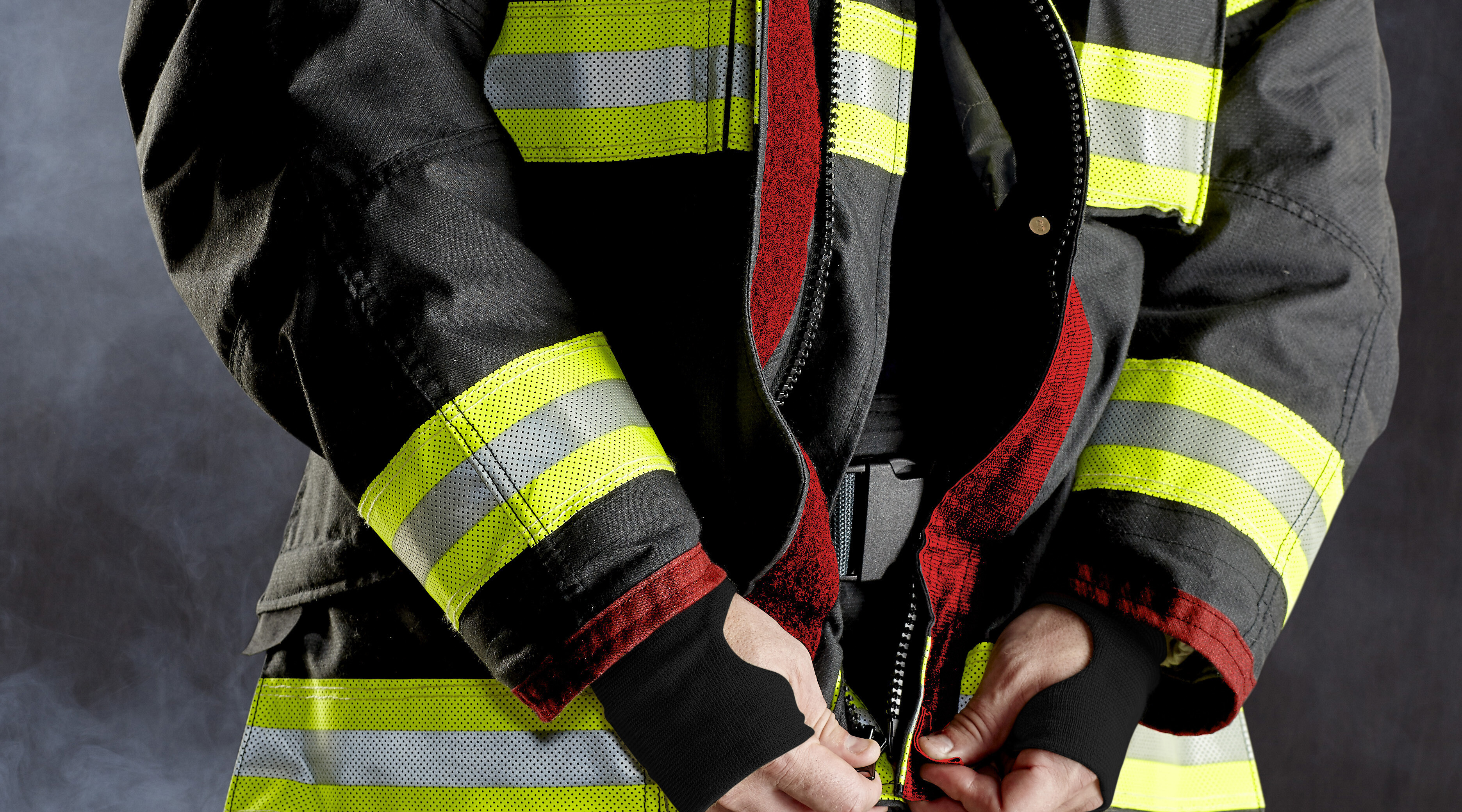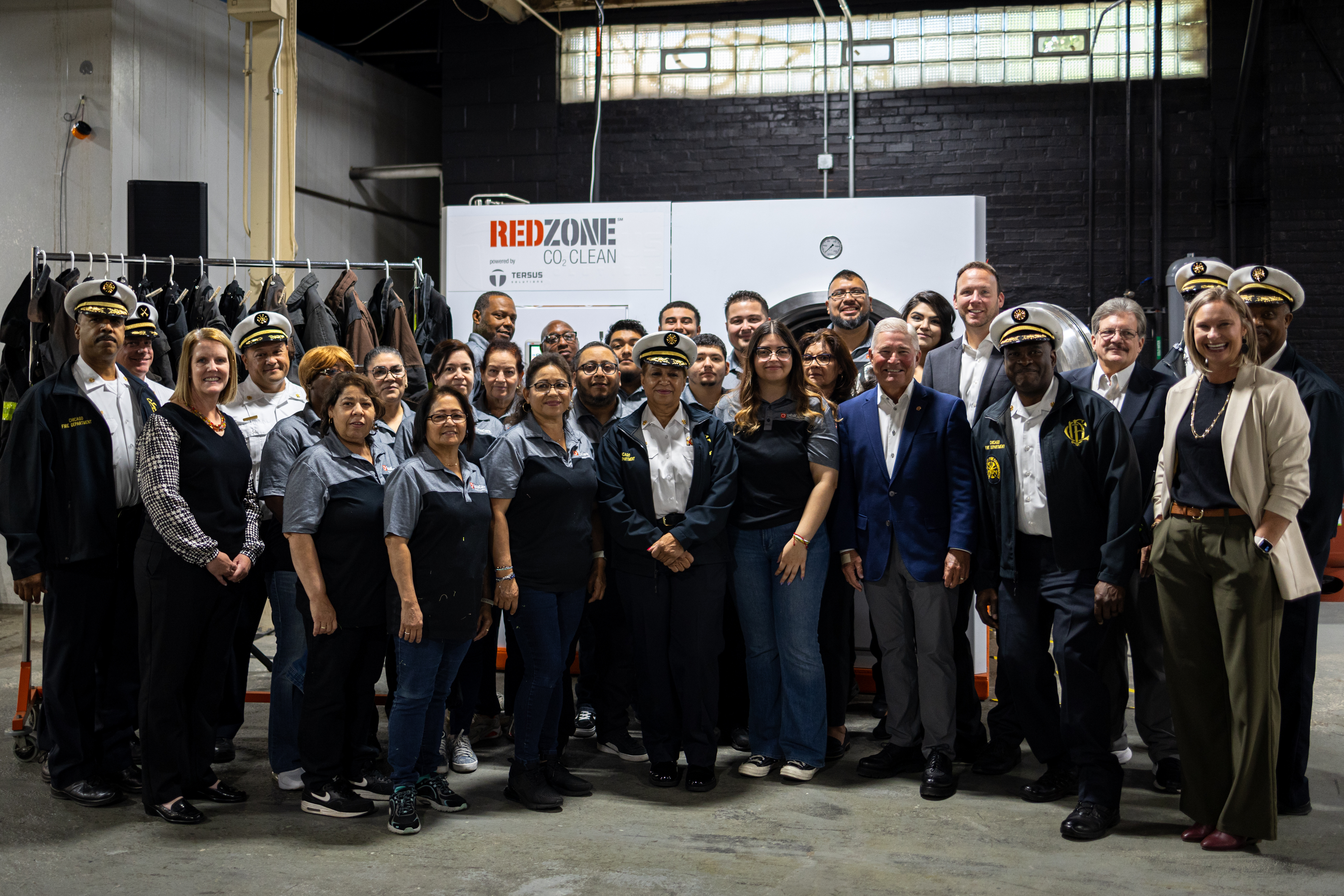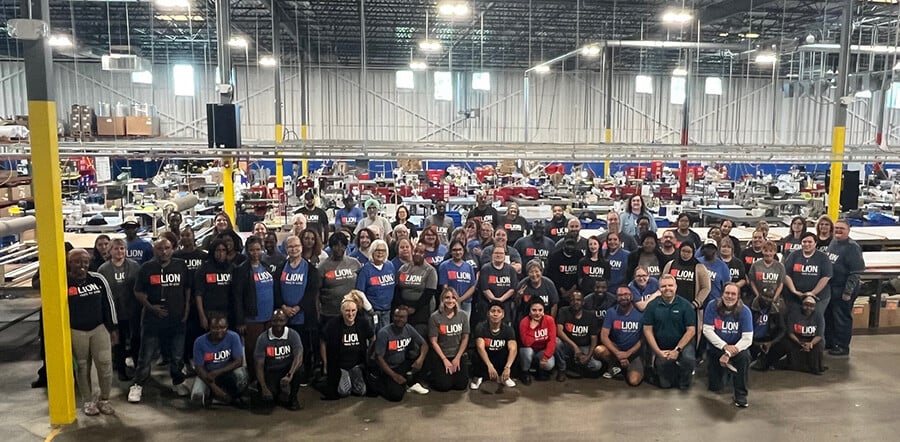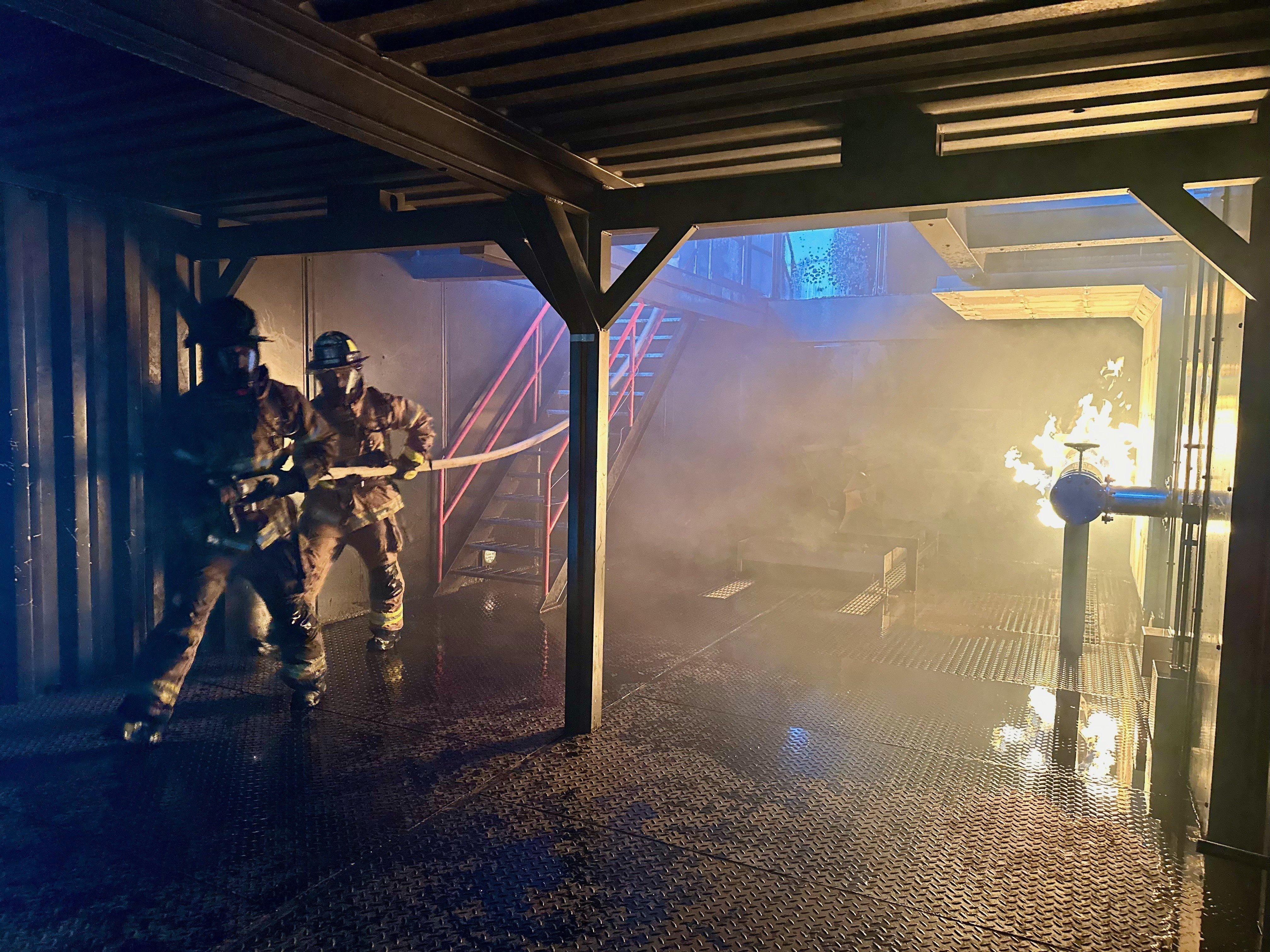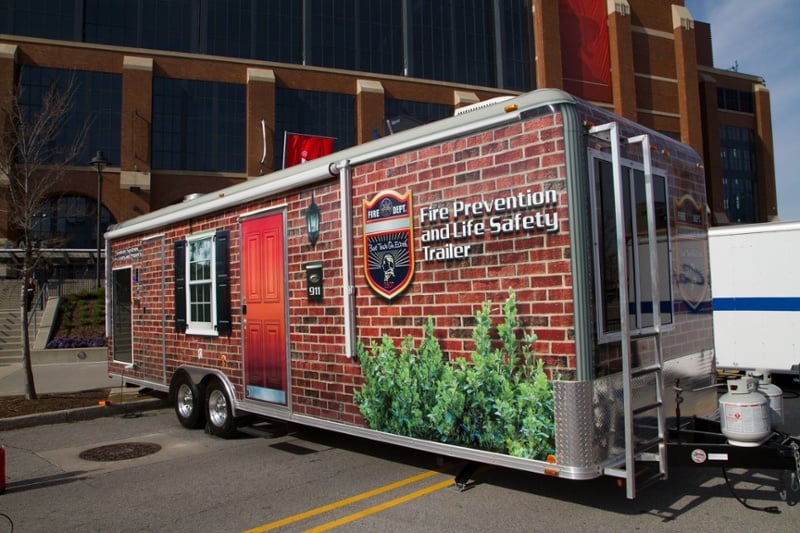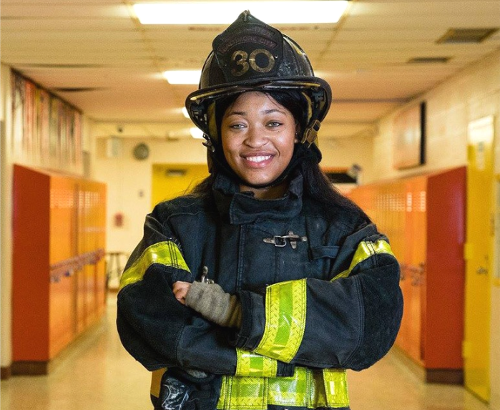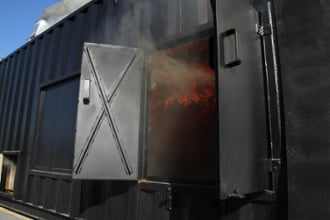Live Fire Training Instructors
with LION TotalCare
March 28, 2024 | KINDRA BECK, MARKETING MANAGER, TOTALCARE
In the demanding world of firefighting, live fire training instructors stand on the frontlines, not just battling flames but also confronting an invisible adversary: exposure to chemical carcinogens that are contained in smoke and other products of combustion. With a commitment to safeguarding our trainers, LION TotalCare offers innovative solutions to mitigate these risks.

The Hazards of repeated
Firefighting Training
Research by Kirk and Logan (2015), and later expanded by Fent et al. (2019), casts a spotlight on the reality confronting firefighter trainers. Their exposure to chemical carcinogens, found in the smoke and residues of combustion, far surpasses that of their trainees. This is primarily due to their increased frequency and duration of exposure across multiple training sessions. Particularly concerning is the use of engineered wood products, which have been identified as a significant source of these hazardous substances. Toxic substances contaminate trainers' turnout gear which can lead to secondary exposure risk.
A study in 2010 by Dr. Laitinen and colleagues compared various fuel packages used in training exercises. It found that engineered wood products like conifer plywood and chipboard resulted in the highest exposure levels to dangerous chemicals, including 1-pyrenol—a metabolite of pyrene, a polycyclic aromatic hydrocarbon (PAH), benzene—a known human carcinogen, and hydrogen cyanide. Natural woods offered a reduced risk, and propane burned the cleanest, with the lowest levels of hazardous emissions.
The Toll on Health
The implications of these findings are serious. Increased cancer rates among firefighters and trainers have been documented, with occupational exposure now classified by the International Agency for Research on Cancer (a subsidiary of the World Health Organization) as carcinogenic to humans. This classification points to the highest danger level based on sufficient evidence of cancer in humans, escalating the cancer risk classification from Group 2B.
A study by North Carolina State University has further clarified the limitations of conventional washing methods in removing hazardous compounds like phthalates and PAHs from firefighting gear. Despite adherence to the NFPA 1851 Standard, the research found that most departmental and ISP protocols using water wash only fall short in effectively eliminating contaminants. However, the study goes on to prove that technology using proprietary liquid CO2 cleaning protocols with LION's RedZone CO2 Clean was superior to conventional cleaning methods in removing these dangerous compounds without harming the gear's outer shell.
use redzone co2 to more effectively clean instructors' gear
LION RedZone CO2 technology is a significant advancement in the decontamination of firefighter gear. This cleaning technology is designed to significantly reduce the risk of exposure to these carcinogenic compounds from turnout gear used by any firefighters, but especially instructors whose gear is more frequently used in live fire training environments.
RedZone CO2 achieves rapid and effective cleaning, successfully eliminating, on average, 98% of PAHs and SVOCs from the gear. Its distinctive approach not only maintains the gear's condition but also aligns with environmental sustainability goals by utilizing less energy and eliminating the need for water. This innovation introduces a new level of safety and efficiency in the care and maintenance of firefighting equipment.
Our state-of-the-art gear cleaning technology ensures that after each training session, instructors and trainees can have their gear thoroughly decontaminated, minimizing their risk of chemical exposure.
A Call to Action
The dangers faced by live fire training instructors are significant and multifaceted. With LION RedZone CO2 Clean, trainers and departments have a powerful ally in their efforts to protect their most valuable asset—their people. By opting for professional gear cleaning and utilizing our CO2 technology, they can significantly reduce the risk of hazardous exposures and safeguard the health of their instructors.
In conclusion, as we continue to uncover the risks associated with firefighter training, the role of preventive measures becomes increasingly critical. LION TotalCare is committed to supporting the firefighting community with services that not only enhance safety but also promote longevity and wellbeing among those who teach and protect us all. Let's work together to ensure our trainers have the protection they deserve, minimizing their exposure to harm while they prepare the next generation of firefighters to face the flames.
Popular posts
